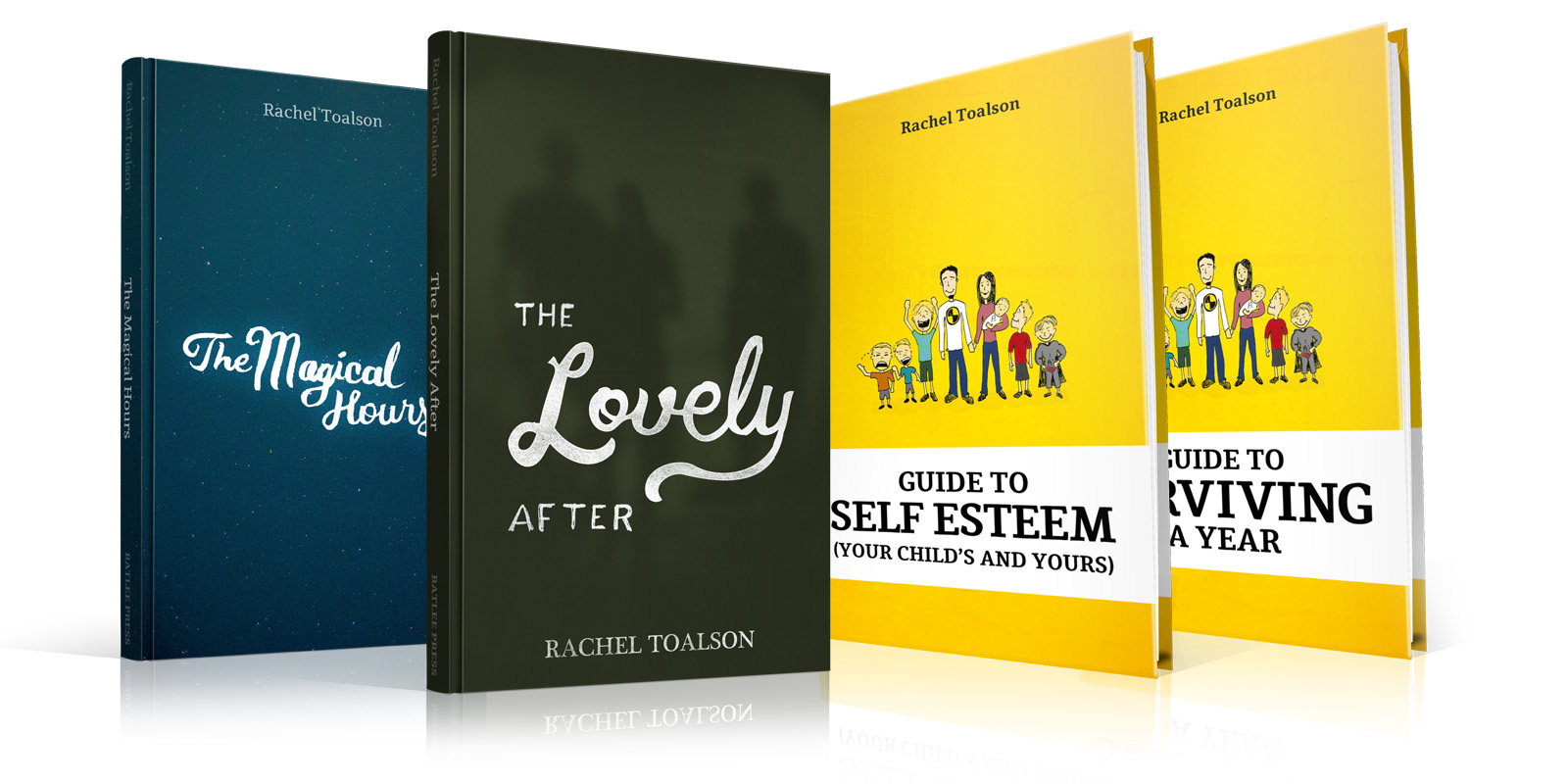We’ve all done it. We finally have the time to write, and we pull out our computer or our notebook, and we’re staring at a white screen or a white page, and our head is full of…nothing.
Some call it writer’s block. I call it internal editor block.
One of the biggest challenges we as writers have is outrunning our internal editors, because they’re the voices that can make us stare at a blank page and have nothing in the world to write. We’re putting too much pressure on ourselves. We’re making too big a deal out of the rough draft. We’re letting those annoying voices keep us from using this valuable time we have.
You call yourself a writer? they’ll say.
No one would read this, they’ll say.
This is terrible, they’ll say.
Well, of course it’s terrible. It’s the first draft.
There are some stories that come out just fine when we write them, and then there are others that don’t come out well at all, and they need a whole lot of loving care. But it doesn’t matter. The point is that the first time, every time, you should just be concerned with getting the words down on paper. That’s the only purpose of a first draft.
So get the words down. Stop worrying so much about the way they sound.
I know. It’s not easy. We want it to sound good right out of the gate, and when we go back and look at what we’ve written for the day it actually sounds a little hollow and cliche, and this is never going to be good, is it? Well, not if we’re constantly putting pressure on ourselves—convincing ourselves that we need to be writing better when we’re only supposed to be getting that initial run of the story down. Not if we’re going to keep focusing on the way the words sound when we’ve only just started writing. Not if we’re hoping the rough draft will come out perfect the first time.
[Tweet “It takes a while to make a manuscript good. It takes even longer to make it great.”]
We can’t expect to get it down all neat and perfect the first time we tell the story.
It’s like when we’re telling a story to our kids. We tell that initial story, and they’re mostly interested, and then the next time we tell it, we add a few far-fetched details, and they’re even more interested, asking for it now, so we tell it again and again, and every time it gets better, because we’ve had practice telling it.
That’s what multiple drafts do—they helps us practice the telling of our story. We refine and add and delete and shape it into the best version it can be.
What’s going to happen if we keep putting the pressure on ourselves is that we’re never going to finish the work of a manuscript. And an unfinished work is way less valuable than a finished work that makes no sense yet—because with a finished work, at least we have somewhere to go with it.
Those internal editors have many different voices. They might sound like our professor in college or our mother who never really believed in us or, worse, ourselves (that’s what mine sounds like, most of the time). But they have no power over us, even though they like to think they do. They have no power.
We are writers. We don’t need the editors right now.
Here’s what I do: I write my first-draft words as fast as I can, and then I let that draft sit for a month. The I go back and turn it into a “final” draft, which is really just a soft final draft, because there will be two or three more drafts after that. One of them I’ll read through on the computer, to tighten up any typos or spaces I feel like need some tightening, and then I’ll print out a copy, no matter how long the story is, and break out my purple pen and get to work, reading for a lot of different things: typos, continuity, questions, errors in the story line, passages where I was unclear, word usage and language, and dialogue.
For me, seeing my work in hard copy as opposed to the same way I’ve been looking at it for months at a time, helps me look at it more objectively, almost like it belongs to someone else.
All this to say that in those first drafts, the internal editor shouldn’t be allowed in. I open the door for them in the final drafts, because sometimes the things they have to say are helpful once we’ve gotten the story down. Sometimes they tell me I need to work a little on the characterization of this character, and this passage is too long, and the words try a little too hard here and make themselves unclear there.
[Tweet “When we’re just trying to get the initial story down? Kill the internal editors.”]
Take heart. Sometimes it takes several drafts to get to the heart of a story. Some stories are harder to tell than others. Some stories need some peeling away, and you do that with drafts. Sometimes the way manuscripts look in final form are not anything like what they looked like in rough draft form. It is as it should be.
The first draft should be a telling of the story, from beginning to end, without worrying about technique or language or brilliance or mastery or authenticity. That’s for later.
So many people I know haven’t finished their stories. Usually it’s because they opened the door to the internal editors in the first draft and then didn’t know how to get rid of them. So if that’s you, here are some ways to get rid of them:
1. Write as fast as you can. Set a timer and race it to the end.
Try as hard as you can not to think about the actual writing. If you feel the editors begin to move in the back of your mind, do your best to push them away. There are some stories that, in the middle of writing, I’ve felt the editors come out of hiding, and I’ve had to write harder and faster to outrun them. It gets easier with practice. If we can win the first time, we can win the second time.
2. Don’t look back.
That initial draft is not the place to look back. Don’t even read what you wrote when you’re finished. Close the computer, update your word count and congratulate yourself for all the work you did today. Don’t start reading over the story until you’ve finished it completely.
3. Don’t stop to think.
Remember, you’re racing a timer. You want to get as many words as you possibly can. If you can outrun your thinking, you can outrun your internal editors, because you know what internal editors do? They overthink things. A rough draft shouldn’t be overthought. It helps to have a brainstorm handy and have a plan for exactly what you’re going to accomplish with your block of writing time so you don’t actually have to think at all. You just let the story tell itself.
4. Let your voice tell the story.
The best way to “find your voice” is to do your work quickly, without overthinking it. When we’re writing fast, our voice shines through. It’s when we’re overthinking things, when we’re trying to revise as we write that our voice will feel elusive. So challenge yourself to write as many words as you can, and you’ll begin to hear the beginnings of your natural voice.
It takes practice outrunning your internal editors. But every time you win, it gets a little easier.
So practice. Refine. Win.


